 Technology peripherals
Technology peripherals
 AI
AI
 How can collaborative robots empower the intelligent manufacturing and upgrading of the daily chemical industry? Hear what the experts say
How can collaborative robots empower the intelligent manufacturing and upgrading of the daily chemical industry? Hear what the experts say
How can collaborative robots empower the intelligent manufacturing and upgrading of the daily chemical industry? Hear what the experts say
Under the wave of the intelligent manufacturing era, the production methods of industrial enterprises have been reshaped and are undergoing a new round of industrial upgrading with automation as the core. With the in-depth development of automation upgrades, increasing demand for flexible production, and rising labor costs, flexible production has become a new engine for industrial manufacturing upgrades. Under this trend, collaborative robots that break through the "fence-style" operation can achieve collaborative operations between humans and machines on the production line with more flexible, efficient, safe and reliable features, organically combining the efficiency of "robots" with the intelligence of "humans". It helps enterprises improve quality and efficiency, realize production line automation upgrades, and has broad application prospects in multiple market areas.

In the background, on October 12, a seminar titled "Flexible Intelligent Manufacturing·Control the Future" was held in Guangzhou. This seminar was jointly sponsored by Jieka Robot Co., Ltd., the Cosmetic Professional Committee of the Guangdong Hunan Chamber of Commerce and the Guangdong Robot Association, and co-organized by the Silicon Carbon Mouse Innovation Formula Platform. Participants included representatives from the daily chemical industry, collaborative robots and industry integrators, and shared the intelligent solutions and development prospects of collaborative robots in the daily chemical industry
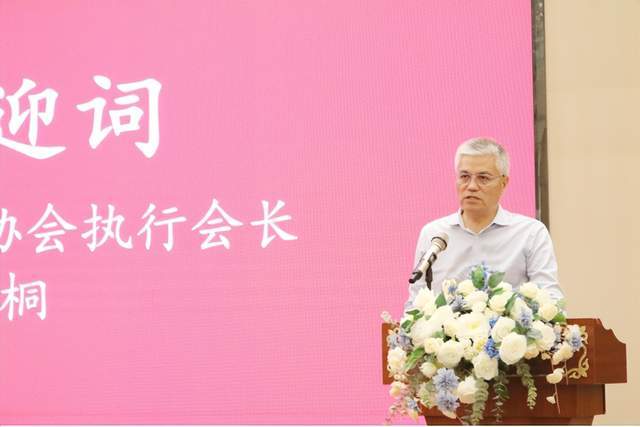

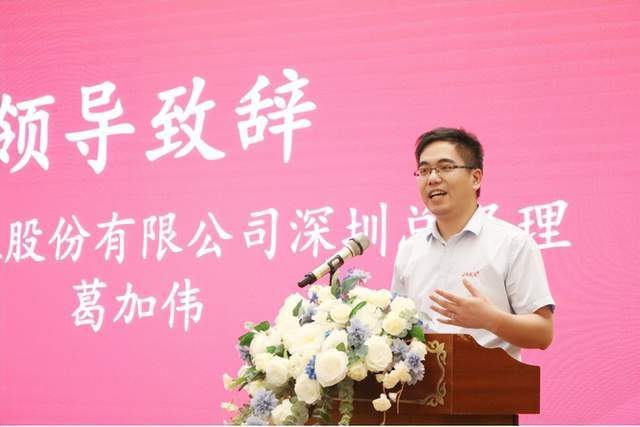
Ren Yutong, Executive Chairman of the Guangdong Robot Association, Guo Guanghui, Chairman of the Cosmetic Professional Committee of the Hunan Chamber of Commerce in Guangdong Province, and Ge Jiawei, Shenzhen General Manager of Jieka Robot Co., Ltd., delivered speeches, affirming the results of the integrated development of the daily chemical industry and the robot industry. Expressed expectations for the prospects of industrial innovation and development.

At the meeting, Li Xiangyang, Secretary-General of the China Daily Chemical Industry Research Institute, analyzed the current situation and development pain points of China's daily chemicals industry, as well as the future prospects of industrial intelligence, automation technology penetration and upgrading.
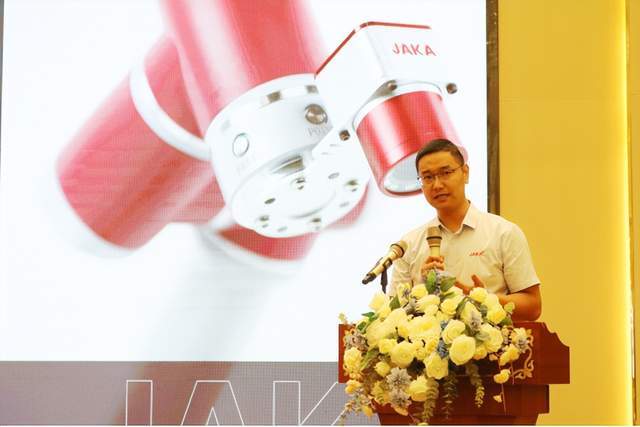
Ruan Jinghui, Sales Director of Jieka Robot, introduced to the attendees the product matrix, technical advantages, solutions and practical cases of Jieka Robot, as well as its customer-centered service system. He said that he will continue to focus on the daily chemical industry, help companies reduce costs, improve efficiency, and realize production line automation upgrades through innovative solutions
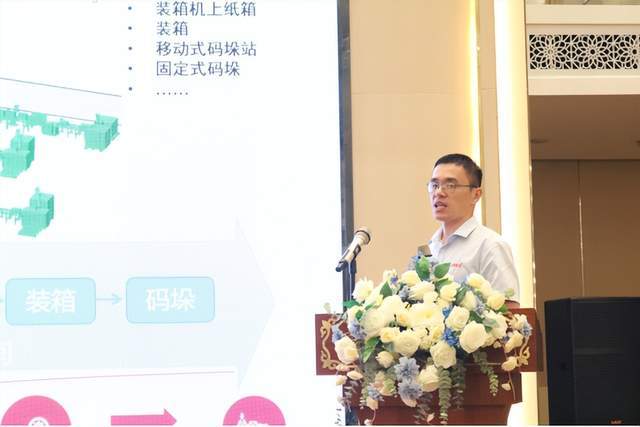
Manager Gao Guoqing interpreted the application requirements of collaborative robots in the segmented scenarios of the daily chemical industry. In daily chemical production lines, card-saving collaborative robots have been widely used in packaging material loading, line transfer, carton forming and unpacking, loading and unloading, packaging line palletizing and other processes. These robots are safe, intelligent, flexible and easy to use, lightweight and easy to deploy

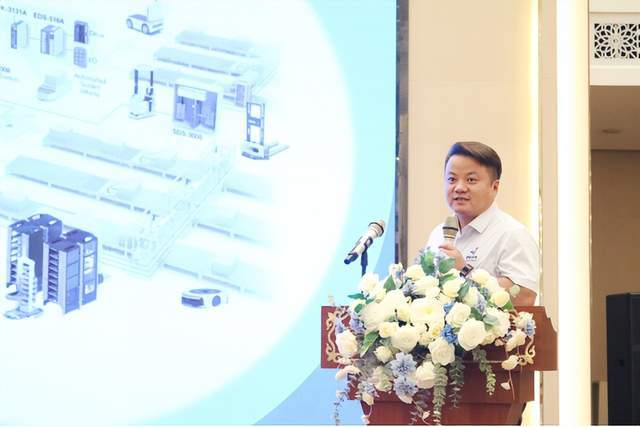
Miao Jing, founder and general manager of Suzhou Yuanchang Intelligent Company, and Bian Xijiang, deputy general manager of Zhongshan Jiehang Automation Company, focused on sharing their in-depth cooperation with card-saving robots in cosmetics, automobiles, 3C and other industries, and expressed their opinions on JAKA’s product quality, technological innovation capabilities, industry experience, service system, etc. were recognized.
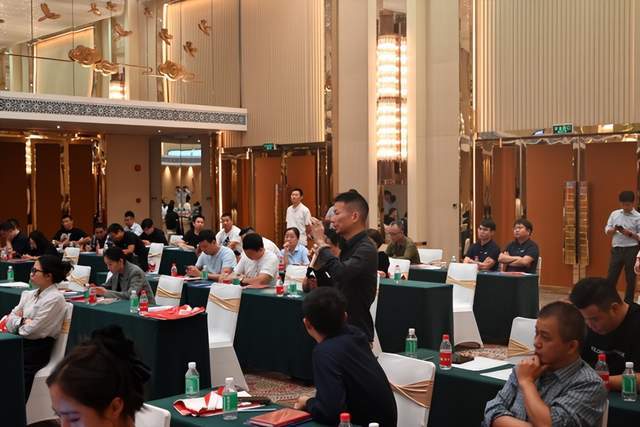

In the interactive communication session, many industry experts and entrepreneurs had in-depth conversations focusing on the difficulties and hot topics in the industry, and visited the card-saving robot products at close range

This seminar brought together more than 70 industry experts, entrepreneurs and business representatives to share the technical advantages and application cases of collaborative robots in the daily chemical industry, and discussed the broad prospects for further integrated development of collaborative robots and the daily chemical industry. , providing enterprises with new ideas for transformation and upgrading. Looking to the future, in the era of Industry 4.0, card-saving robots will join hands with many partners to continue to empower the flexible intelligent automation upgrade of the daily chemical industry.
The above is the detailed content of How can collaborative robots empower the intelligent manufacturing and upgrading of the daily chemical industry? Hear what the experts say. For more information, please follow other related articles on the PHP Chinese website!

Hot AI Tools

Undresser.AI Undress
AI-powered app for creating realistic nude photos

AI Clothes Remover
Online AI tool for removing clothes from photos.

Undress AI Tool
Undress images for free

Clothoff.io
AI clothes remover

AI Hentai Generator
Generate AI Hentai for free.

Hot Article

Hot Tools

Notepad++7.3.1
Easy-to-use and free code editor

SublimeText3 Chinese version
Chinese version, very easy to use

Zend Studio 13.0.1
Powerful PHP integrated development environment

Dreamweaver CS6
Visual web development tools

SublimeText3 Mac version
God-level code editing software (SublimeText3)

Hot Topics
 1379
1379
 52
52
 How can collaborative robots empower the intelligent manufacturing and upgrading of the daily chemical industry? Hear what the experts say
Oct 16, 2023 pm 05:25 PM
How can collaborative robots empower the intelligent manufacturing and upgrading of the daily chemical industry? Hear what the experts say
Oct 16, 2023 pm 05:25 PM
Under the wave of the intelligent manufacturing era, the production methods of industrial enterprises have been reshaped and are undergoing a new round of industrial upgrading with automation as the core. With the in-depth development of automation upgrades, increasing demand for flexible production, and rising labor costs, flexible production has become a new engine for industrial manufacturing upgrades. Under this trend, collaborative robots that break through the "fence-style" operation can achieve collaborative operations between humans and machines on the production line with more flexible, efficient, safe and reliable features, organically combining the efficiency of "robots" with the intelligence of "humans". It helps enterprises improve quality and efficiency, realize production line automation upgrades, and has broad application prospects in multiple market areas. In the background, on October 12, a seminar titled "Flexible Intelligent Manufacturing·Control the Future" was held in Guangzhou. This seminar was organized by Jieka Robotics Co., Ltd.
 Growth of 91.3%, empowering 'smart” manufacturing depends on collaborative robots
Apr 09, 2023 pm 12:01 PM
Growth of 91.3%, empowering 'smart” manufacturing depends on collaborative robots
Apr 09, 2023 pm 12:01 PM
With the proposal of Industry 4.0 and the promulgation of the National Intelligent Manufacturing 2025 Development Plan, China must realize the transformation from a manufacturing country to a manufacturing power. Robots are becoming more and more important in the process of realizing intelligent manufacturing and flexible manufacturing, which also brings development opportunities to the robot industry. As a relatively new track in the robot industry, collaborative robots are showing strong momentum of accelerating explosion. According to MIR Rui Industrial data, China's collaborative robot shipments will reach 14,372 units in 2021, with a year-on-year growth rate of 91.3%, exceeding other types of robots. In addition, according to incomplete statistics, the cumulative financing amount of the robot industry in the first half of this year was around 12 billion yuan, while the financing amount in the field of collaborative robots was as high as around 4 billion yuan, which shows that the capital market has attached great importance to it.
 The profound impact of collaborative robots on the future of manufacturing
Apr 08, 2023 pm 05:21 PM
The profound impact of collaborative robots on the future of manufacturing
Apr 08, 2023 pm 05:21 PM
In recent years, collaborative robots have become a common term in cyberspace. Although reliability and efficiency have come under intense scrutiny, human labor has been the traditional way to get things done in industry. In this regard, robots have been introduced into work-intensive manufacturing sectors to increase productivity and reliability. The robots were introduced under strict supervision because developers believed they lacked human intelligence. This can lead to unpredictable consequences such as accidents and damage to property and cargo. The shortcomings of traditional robots have prompted the need to introduce collaborative robots with minimal spatial and environmental risks, making them ideal for working alongside humans. Collaborative robots have more human-like interactions and can be easily programmed. This allows them to work in the same workplace as humans without having to
 Han's Collaborative Robots celebrates its sixth anniversary: unite as one and keep moving forward!
Sep 21, 2023 pm 04:05 PM
Han's Collaborative Robots celebrates its sixth anniversary: unite as one and keep moving forward!
Sep 21, 2023 pm 04:05 PM
On September 7, 2023, Han’s Robot celebrated its 6th birthday. Over the past 2,190 days, Han’s Robot has been working hard and achieved fruitful results on a road full of opportunities and challenges in the field of collaborative robots. Source: Han’s Laser , developing rapidly and full of vitality. Starting from the Han's Robot Research Institute in 2014, to Shenzhen Han's Robot Co., Ltd. in 2017, and now, it has grown into a national high-tech enterprise and a national-level specialized new small giant enterprise, with more than 400 team members, including professional engineers. More than half. From 2019 to now, Han’s Robot has completed multiple rounds of financing, with a cumulative amount of nearly 800 million yuan. It is favored by the capital market and is one of the “100 Future Unicorns of Entrepreneurship Nation” and “2023 China
 Create a collaborative robot product matrix, with the underlying control system as the core of Luoshi
Sep 24, 2023 pm 09:49 PM
Create a collaborative robot product matrix, with the underlying control system as the core of Luoshi
Sep 24, 2023 pm 09:49 PM
Luoshi is a domestic robot brand that started with control technology. The company launched China's first product-level robot dynamics controller in 2016. From September 19th to 23rd, Luoshi Robot participated in the 23rd China International Industrial Expo and showcased its first large-load industrial robot and other new products. In addition, the company also highlighted the diverse applications of more than ten sets of "robot+" in automobiles, 3C, new energy, general industry, metal processing and other industries. These applications solve multiple production problems in scenarios such as grinding, welding, palletizing, loading and unloading, and screw locking. Song Bin, vice president of Luoshi Robot, said that with the development of science and technology and the progress of society, more and more fields All have become application areas for collaborative robots. Luo Shi Company focuses on the underlying technical architecture and control
 President of Shanghai Jibot Robot: Collaborative robots are extremely competitive and should actively promote positive competition
Sep 20, 2023 am 09:45 AM
President of Shanghai Jibot Robot: Collaborative robots are extremely competitive and should actively promote positive competition
Sep 20, 2023 am 09:45 AM
·"Competition is always cruel, and there is never mercy or opportunity for the weak. This is especially true in the competition of industrial products. A large industry can only tolerate three companies. The third company is struggling, and the fourth company should have been eliminated long ago. "Competition is always cruel. There is no mercy or opportunity for the weak. This is especially true in the competition of industrial products. A large industry can only tolerate three companies. If the third company is struggling, the fourth company has long been It should be out." On September 19, during the 23rd China International Industrial Expo, Shanghai Jibot Robot Co., Ltd., an industrial robot R&D and manufacturer, launched its first industrial collaborative robot. Jiang, Chairman and President of Jibot Robot Yao said that the development path of domestic industrial robots is high configuration, high performance and high cost performance, that is, it is in line with the industry
 Detailed explanation of collaborative robot technology and its application fields
Apr 11, 2023 pm 05:37 PM
Detailed explanation of collaborative robot technology and its application fields
Apr 11, 2023 pm 05:37 PM
As a new type of industrial robot, collaborative robots remove obstacles to human-machine collaboration and allow robots to completely get rid of the constraints of guardrails or cages. Its groundbreaking product performance and wide range of application fields have opened up a new era for the development of industrial robots. era. Collaborative robots have become a driving force in the industrial robot market because they have high safety, high flexibility and high precision, and are plug-and-play, simple and intuitive to program, and easy to operate, allowing non-professionals to quickly master and use them. an important driving force for rapid development. So what are the main applications of collaborative robots? 1. Traditional industrial applications Many traditional applications have benefited greatly from collaborative robots that can perform repetitive tasks and complete heavy manual labor, such as: assembly, loading/unloading, packaging, sorting, sorting, etc.
 Collaborative robot market: Card-saving robots and Yuejiang Technology 'double the road'
Oct 24, 2023 am 11:21 AM
Collaborative robot market: Card-saving robots and Yuejiang Technology 'double the road'
Oct 24, 2023 am 11:21 AM
The accompanying picture comes from Canva. Nowadays, robots no longer remain in the imagination stage, but have actually appeared in the real world, and have gradually entered thousands of households, starting to play an increasingly important role in people's daily lives. For example, the well-known sweeping robot is one of them. The emergence of sweeping robot has reduced people's burden to a certain extent and improved people's quality of life. Due to different application environments, robots are also divided into two categories: industrial robots and service robots. Sweeping robots fall into the category of service robots. Although robots are divided into two major categories, due to different specific application fields, robots are also divided into many subdivisions, among which collaborative robots are one of the important subdivisions of industrial robots. Starting from collaborative robots



